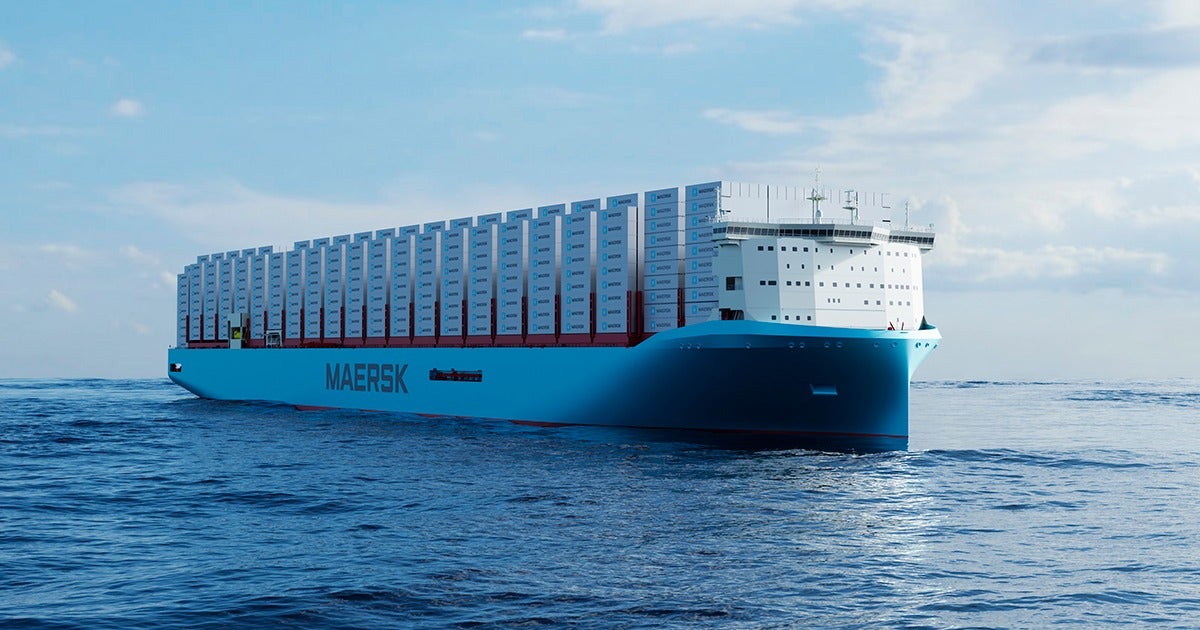Deliveries from China: Takeaways from Thriving Business Owners
In the current international marketplace, shipping to the People’s Republic of China is now a key component for business owners looking to procure goods and expand their businesses. With the country serving as a production powerhouse, the potential to access its abundant resources is enormous. However, dealing with the complexities of global shipping can be daunting. From getting a grasp of customs regulations to selecting reliable logistics providers, there is much to learn.
Successful entrepreneurs have shared their experiences and knowledge on how to simplify the shipping system, reduce costs, and steer clear of frequent pitfalls. By gaining knowledge from their journeys, new companies can prepare themselves to utilize the benefits of shipping to China efficiently. This piece will explore key takeaways derived from these business owners, providing useful advice and techniques that can assist drive success in the fast-paced world of global trade.
Grasping the Shipping Process
Freight transportation from China involves multiple key steps that business owners must understand to ensure a hassle-free operation. The first step is choosing the right shipping method, which can differ based on the dimensions and time-sensitivity of the shipment. Options generally include air shipping for speed, which is costlier, and sea freight for larger, bulk shipments that are more cost-effective but take longer. Evaluating the nature of your products and the urgency of shipping is vital in making the right choice.
Once you have chosen a shipping approach, the next important aspect is paperwork. Proper documentation is vital for customs clearance and can include invoices, shipment lists, and origin certificates. Failing to provide the appropriate paperwork can lead to delays or additional costs during shipping. It is recommended to work closely with your vendors in China to ensure that all necessary paperwork is correct and prepared before the products are shipped.
In conclusion, understanding the logistics on both sides of the shipping process is vital. This includes coordinating with freight brokers, navigating customs regulations in your country, and planning for any potential fees or taxes. Successful business owners highlight the importance of building relationships with trustworthy shipping allies and staying informed about changing regulations, which can help reduce risks and ensure timely delivery of products.
Key Strategies from Successful Entrepreneurs
Successful entrepreneurs have learned that building robust relationships with suppliers in China is vital for effective shipping. They highlight regular communication and openness to ensure that both parties are in agreement on requirements, deadlines, and quality standards. By cultivating these relationships, entrepreneurs have been able to arrange better terms, acquire favorable pricing, and address issues more promptly when they arise.
Another important strategy is to leverage technology for overseeing shipments and handling logistics. Entrepreneurs who have adopted software solutions and apps for instant tracking report notable improvements in their shipping processes. This allows them to preemptively address potential delays, monitor shipping costs, and enhance overall efficiency in their logistics operations, leading to a more smooth supply chain.
Ultimately, successful entrepreneurs prioritize compliance and understanding of international shipping regulations. They dedicate time in learning about customs, tariffs, and required forms needed for shipping from China to their target markets. By keeping informed and verifying that shipping from china are satisfied, they reduce the chance of shipping delays and additional costs, enabling smoother operations and higher customer satisfaction.

Frequent Challenges and Answers
Freight from China often presents numerous challenges for businesses, the most common being navigating import regulations. Companies may find themselves overwhelmed by the multitude of laws, duties, and documentation required for importing merchandise. A practical solution is to engage with a trusted shipping agent who specializes in imports from China. They can provide assistance on legal obligations and make sure that all required documents is correctly processed, reducing holdups at clearance.
A further notable challenge is handling shipping costs, which can vary due to various conditions such as fuel costs and shipping demand. Numerous business owners find it challenging to keep expenses under check, affecting their total budget. To manage this, business owners should consider various freight solutions, including air shipping and ocean freight, to determine the most economical solution for their particular requirements. Establishing robust partnerships with various logistics providers can also lead to greater negotiation power and opportunity for discounts.
Finally, dealing with communication barriers and cultural variations can hinder interactions with vendors in China. Misunderstandings can lead to issues in purchasing or holds in production. To reduce these risks, companies should consider hiring regional representatives or interpreters who know both the traditions and commercial norms. Additionally, using clear-cut communication techniques with charts can assist in ensuring that all parties are in agreement, in the end leading to a satisfactory shipping process from China.